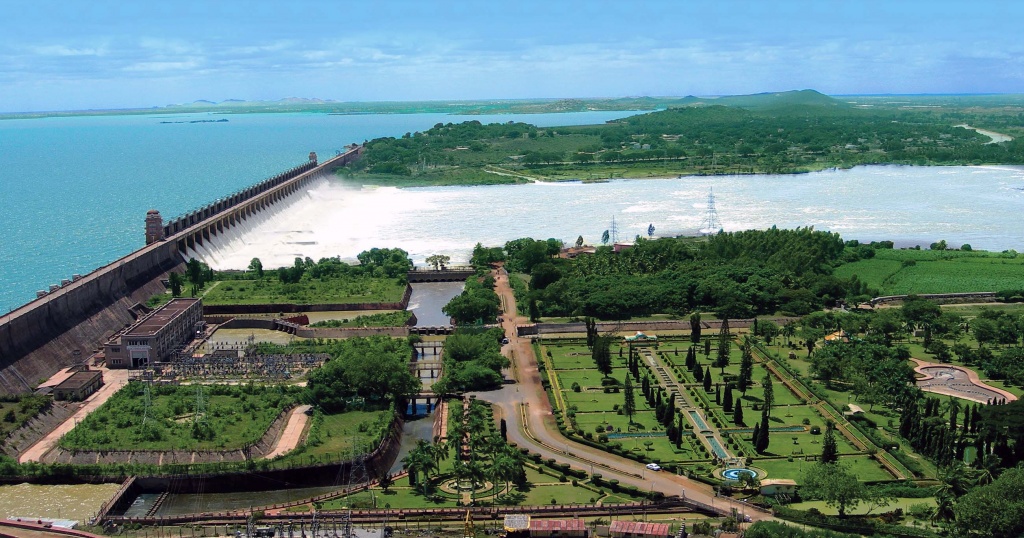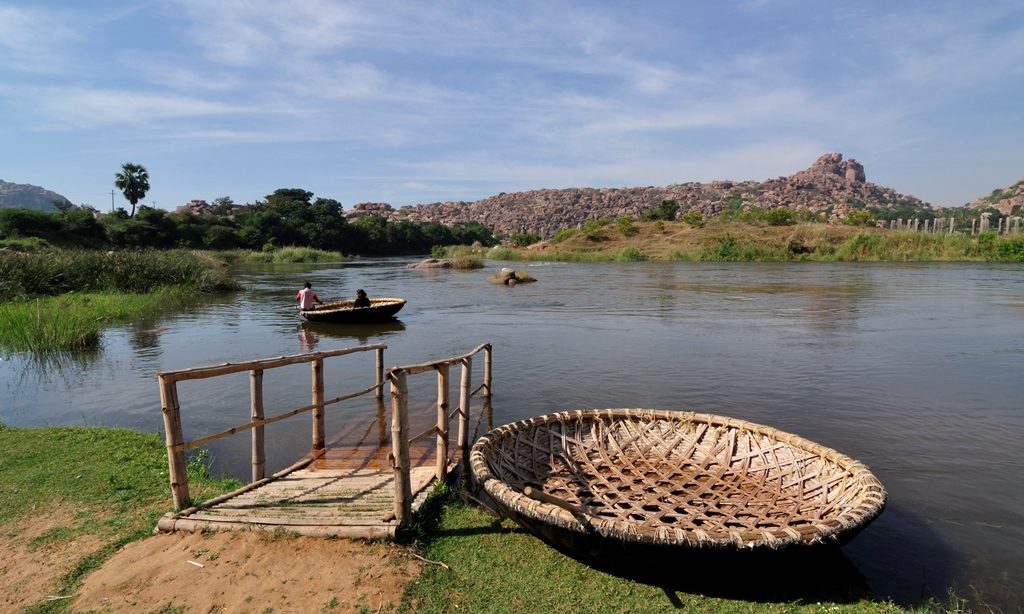
Water Management in a reservoir, among others, calls for a fairly accurate assessment of the capacity of the reservoir to store water at various levels. Tungabhadra Reservoir with a drainage area of 28,180 sq.km was designed for storing 133 TMCft. of water and was impounded for the first time in the year 1953. The full reservoir level (FRL) was fixed at RL 1633 ft. Capacity of the Reservoir at various levels was worked out based on the regular contour survey conducted in the river basin upstream of the Dam prior to the impounding of water in the reservoir. The survey was conducted with a contour interval of 10 ft and the capacity of the reservoir computed for every one-foot interval. According to this the Gross capacity of Tungabhadra Reservoir was taken to be 133.0 TMCft., (3766.1 M.cum) at an FRL of 1633 ft. (497.738M).

